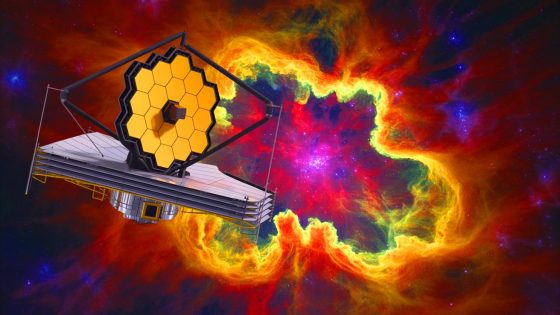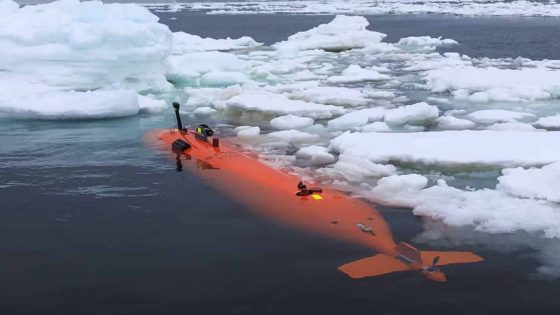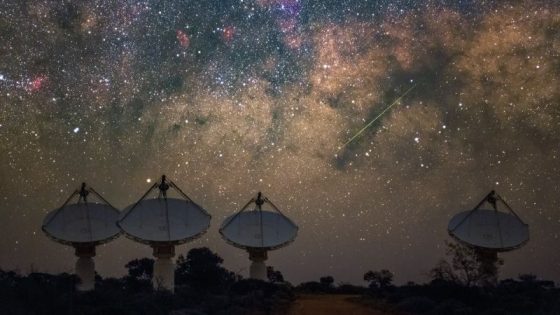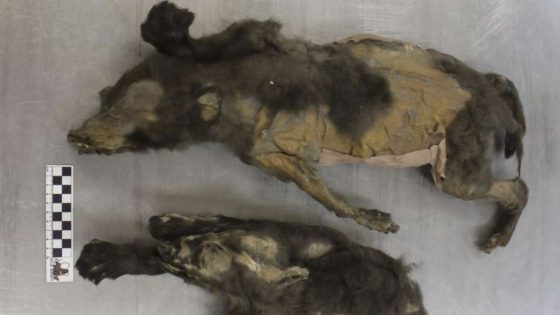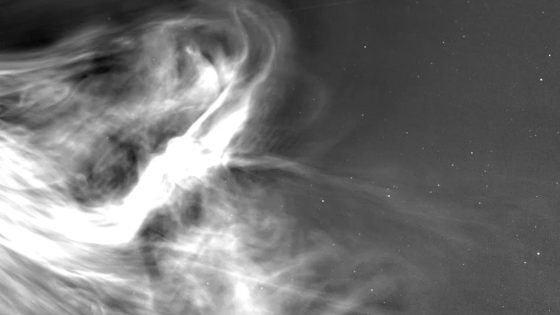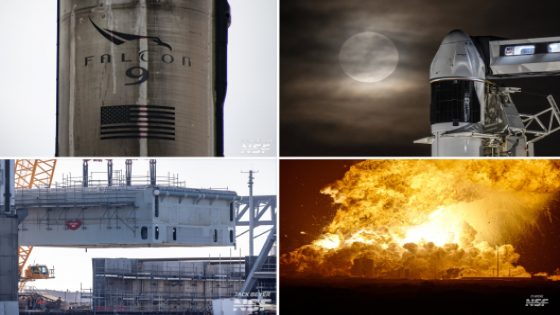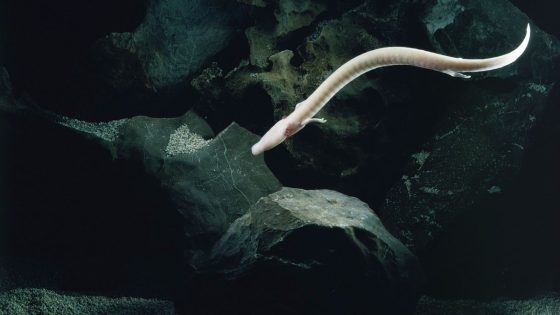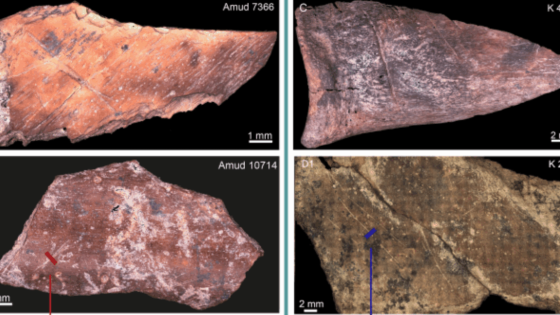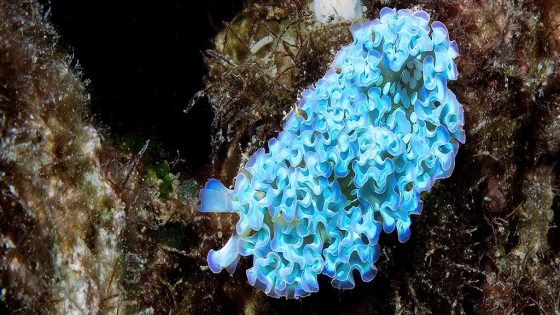The James Webb Space Telescope (JWST) is revolutionizing our understanding of star formation, particularly in the mesmerizing Cat’s Paw Nebula. Celebrating its third year on July 19, 2025, Webb’s advanced infrared capabilities are unveiling the hidden processes of stellar birth in this vibrant cosmic nursery.
- James Webb celebrates three years of operation.
- Cat’s Paw Nebula reveals star formation processes.
- NIRCam enhances clarity of cosmic observations.
- Webb's discoveries impact future space missions.
- Star formation insights inform planetary conditions.
- Webb inspires new generations of scientists.
Located about 4,000 light-years away in the constellation Scorpius, the Cat’s Paw Nebula has long fascinated astronomers. Webb’s observations are providing unprecedented clarity on how stars emerge from turbulent clouds of gas and dust, challenging previous notions about cosmic evolution.
What implications do these findings hold for our understanding of other stellar systems? Webb’s observations highlight the dynamic interactions between young stars and their environments, illustrating how they shape future star formation. Key insights include:
- Identification of crucial stages in star formation.
- Understanding the role of massive stars in carving out cavities.
- Revealing hidden structures within the nebula.
As we anticipate further revelations from the James Webb Space Telescope, the quest for knowledge about our universe continues. What new secrets will emerge, and how will they reshape our understanding of our cosmic neighborhood?



